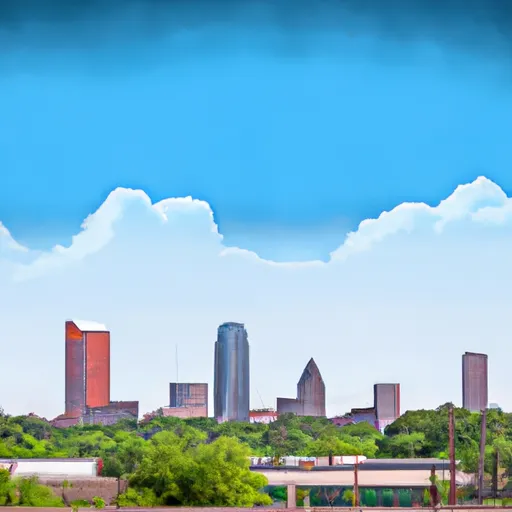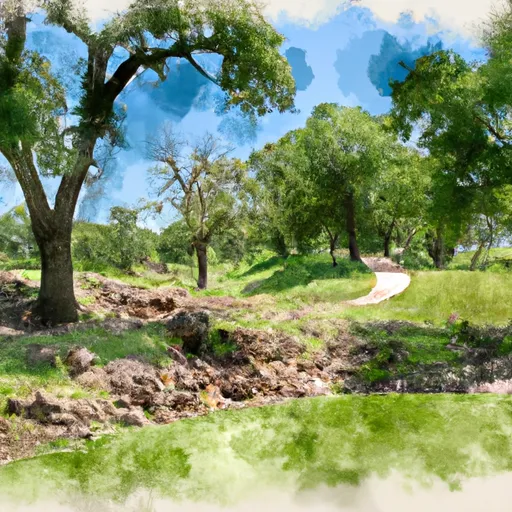°F
°F
mph
Windspeed
%
Humidity











Three Rivers, Texas is a small town located in Live Oak County. The climate in Three Rivers is characterized by hot summers and mild winters. The area experiences high temperatures during summer months, often reaching the mid-90s, while winter temperatures range between 40°F and 60°F. The region receives an average annual rainfall of 26 inches, with the wettest months being May and September.
Three Rivers is surrounded by the Nueces River and its tributaries, making it a hydrologically significant area. The river system provides a vital water source for the town and supports a diverse ecosystem of aquatic plants and animals. The hydrology constituents in Three Rivers include the Nueces River, Choke Canyon Reservoir, and various creeks and streams.
Outdoor recreation opportunities in Three Rivers are abundant. The nearby Choke Canyon State Park offers activities like boating, fishing, and birdwatching. The park is home to a wide variety of wildlife, including white-tailed deer, javelinas, and alligators. Additionally, the area is known for prime hunting grounds with opportunities for deer, turkey, and hog hunting. With its scenic natural beauty and diverse wildlife, Three Rivers provides ample opportunities for outdoor enthusiasts to explore and enjoy nature.
Weather Forecast
Three-Rivers receives approximately 641mm of rain per year, with humidity levels near 77% and air temperatures averaging around 22°C. Three-Rivers has a plant hardyness factor of 9, meaning plants and agriculture in this region tend to thrive here all year round.
Regional Streamflow Levels
14
Cubic Feet Per Second
12
Cubic Feet Per Second
15
Cubic Feet Per Second
0
Cubic Feet Per Second
Nearby Camping
| Camping Area | Reservations | Toilets | Showers |
|---|---|---|---|
| Tips Park - Three Rivers | |||
| Canyon Lake Military - Randolph AFB | |||
| Calaveras Lake Park Dispersed | |||
| Calliham - Choke Canyon State Park | |||
| North Park - Canyon Lake | |||
| Cranes Mill Park - Canyon Lake |



